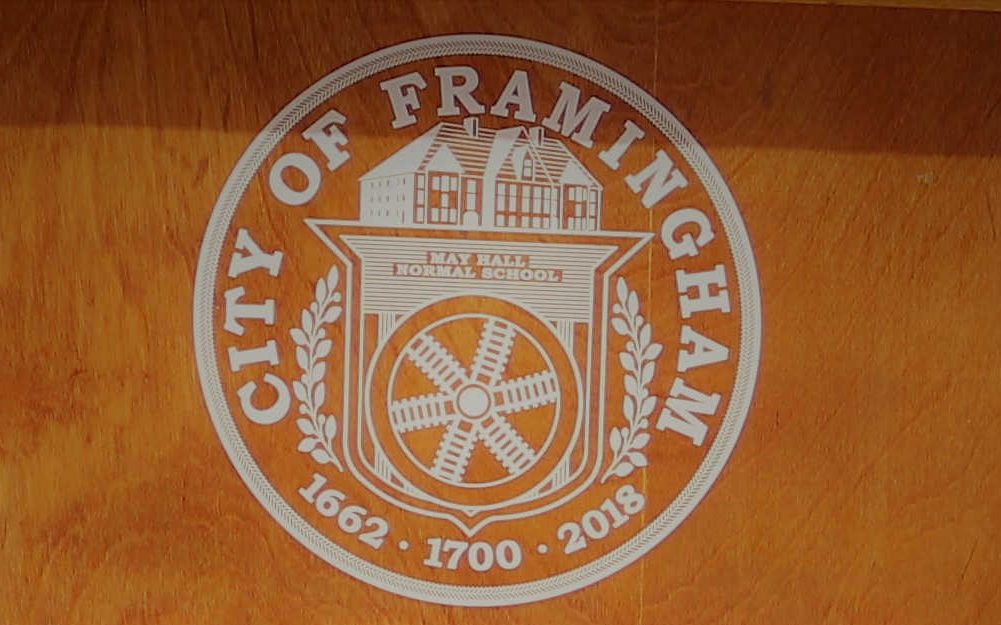[broadstreet zone=”59984″]
FRAMINGHAM – The City of Framingham had one of the slowest growths in population in MetroWest over the last decade, according to the U.S. Census Bureau, which release new data from the 2020 census earlier this week.
But the City still saw a significant increase in its minority population. Both the Latino and Asian populations increased significantly, and Framingham is now 46.3% non-white.
In 2010, the Town of Framingham had a population of 68,323.
In 2020, the City of Framingham had a population of 72,362, a growth of 4.039 individuals.
The City of Marlborough grew 8.55%, Natick grew 12% and Ashland grew 13.5%. Southborough & Sudbury grew by 7%. The Town of Hopkinton has the largest increase 25% over the last decade.
Framingham is the only community in MetroWest to not beat the Census Bureau’s 2019 population estimate, which was 74,.416.
The City of Framingham lost 2,000 individuals between 2019 and 2020.
[broadstreet zone=”58892″]
The Commonwealth of Massachusetts saw a modest increase in population to 7.03 million people, up from 6.547 million.
The 2020 Census took place during the pandemic. Some demographic experts have said that may have impacted the counts.
One other issue demographers have noted is that many individuals chose to check the “multi” race box this time around, more than in 2020.
[broadstreet zone=”58610″]
Framingham’s white population significantly slightly due to that fact from 44,625 to 38855. Whites are still the majority in Framingham at 53.7%.
It is important to note that Framingham has the largest Brazilian population in the Commonwealth. That group of individuals sometimes identify themselves as “white” from their Portuguese and European heritage. Sometimes they classify themselves as Latino. Brazilians are not Hispanic.
The multi population increase from 2,595 to 6,308 and makes up now about 8.7% of the City’s population.
Nationally, the Asian population exploded followed by a huge jump in the Latino population.
Framingham saw a modest increase in Asian population from 4,302 to 5,233, a 21.65% increase.
Framingham’s Latino population increased from 9.161 to 12,171 individuals, a 32.85% increase.
The Latino population is about 17% of the City.
The Asian population is about 7.2% of Framingham with Blacks at 6%.
[broadstreet zone=”59946″]
There are some who believe that the City’s undercount in the Census comes from the Hispanic, Latino, Asian, and Brazilian populations.
The Framingham Public Schools has more than 9,000 students of which 48% are white, 36% are Hispanic, with 6.8% Black, 4.5% multi-racial, and 4.5% Asian, according to data from the public school district and the state.
School children are only age 3-18 but there is a huge difference between the 36% Hispanic in the schools and the 17% Latino from the 2020 Census.
In 2010, the Framingham Public Schools reported to DESE (the state) 21% of the students were Hispanic. In 2021, Framingham Public Schools reported it was 36% Hispanic.
[broadstreet zone=”59948″]
While Framingham did see an increase in its Latino & Asian population it was not as significant as other major cities in the Commonwealth.
Lawrence, Springfield, Lynn, & Revere all saw a 10,000+ increase in their Latino population over the last decade, with Lawrence seeing the largest increase at more than 16,500 individuals. The City of Lawrence is now more than 80% Latino.
Framingham’s Latino increase was 3,010 individuals.



